暗物质
Davis, M; Efstathiou, G; Frenk, CS; et al.
Contraction of dark matter galactic halos due to baryonic infall
Blumenthal, GR; Faber, SM; Flores, R; et al.
The formation of dark halos in a universe dominated by cold dark matter
Frenk, CS; White, SDM; Davis, M
Dark matter substructure within galactic halos
Moore, B; Ghigna, S; Governato, F; et al.
暗物质
·编者按·
暗物质(Dark Matter),是指无法通过电磁波的观测进行研究,也就是不参与电磁相互作用的物质。目前只能透过引力产生的效应得知。天文观测表明:宇宙中可见的重子物质仅占宇宙总能量组成的5%左右,看不见的暗物质占27%。1933年,瑞士天文学家Zwicky最早提出了暗物质的概念。他采用2种方法测量星系团的质量,分别是对大量星系的运动速度进行分析,间接估计出星系团的质量;以及通过星系团内星系的亮度来估计星系团的质量。发现其比太阳的质光比要大400倍左右。因此,他推测星系团可能主要由不发光的物质构成,暗物质的概念由此产生。
目前,人们已经普遍认可了暗物质的存在,暗物质也成为研究宇宙大尺度结构形成过程的必不可少的要素。科学界大致有3种方法探测暗物质粒子:第1种方法是用加速器创造暗物质粒子,研究其物理特性;第2种方法直接探测暗物质粒子和原子核碰撞所产生的信号;第3种办法是观测暗物质粒子湮灭后产生的稳定粒子,如伽马射线、正电子、反质子、中微子等。
有科学家预测,未来暗物质研究必将从天文观测转向对暗物质粒子性质的实验探测。未来的10~20年将是暗物质研究最重要和关键的时期。
本专题得到郭建华研究员(中国科学院紫金山天文台)、岳骞副教授(清华大学)的大力支持。
·热点数据排行·
截至2016年12月13日,中国知网(CNKI)和Web of Science(WOS)的数据报告显示,以“暗物质”为词条可以检索到的期刊文献分别为625、8327条,本专题将相关数据按照:研究机构发文数、作者发文数、期刊发文数、被引用频次进行排行,结果如下。
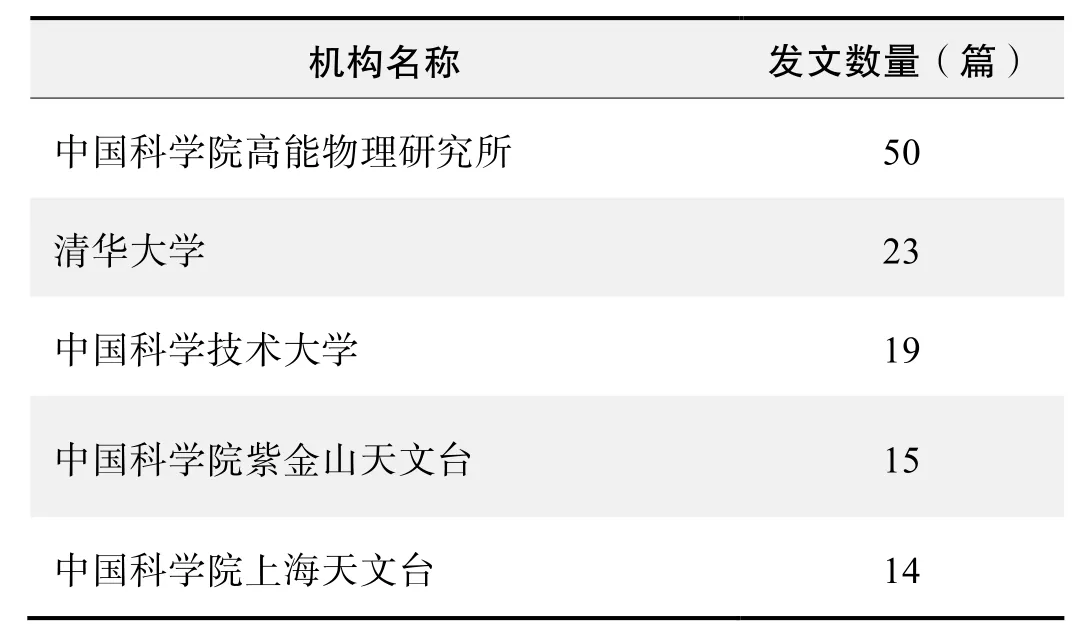
研究机构发文数量排名(CNKI)
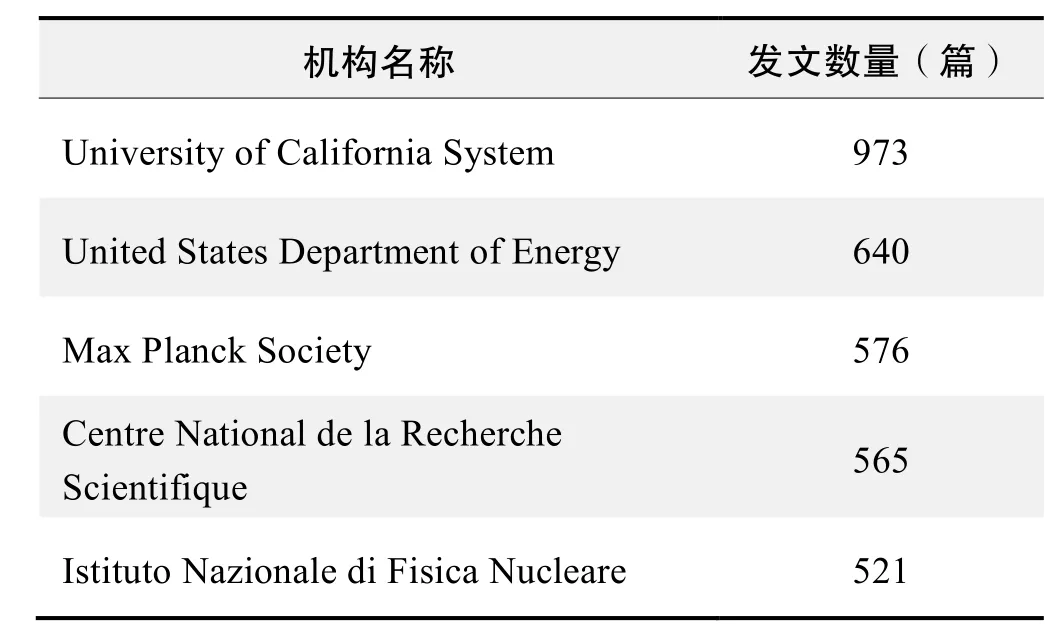
研究机构发文数量排名(WOS)

作者发文数量排名(CNKI)
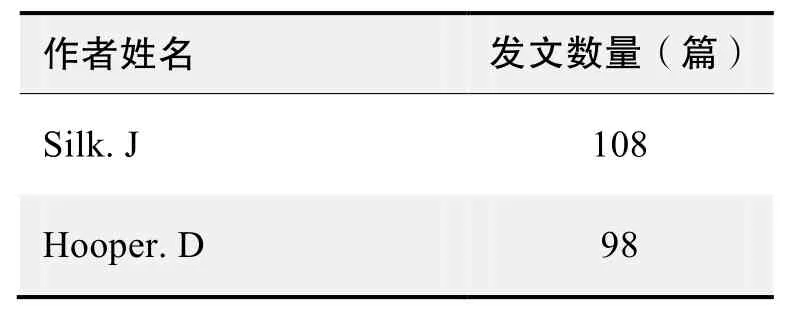
作者发文数量排名(WOS)
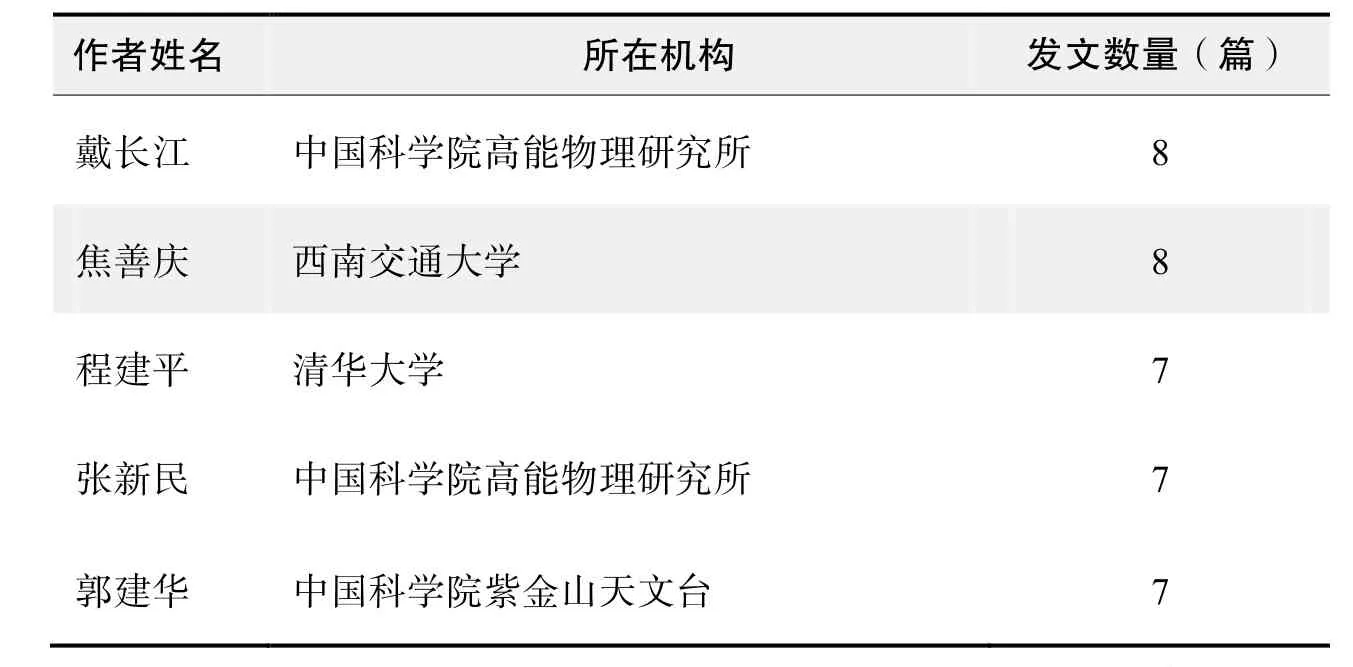
作者发文数量排名(CNKI)(续表)
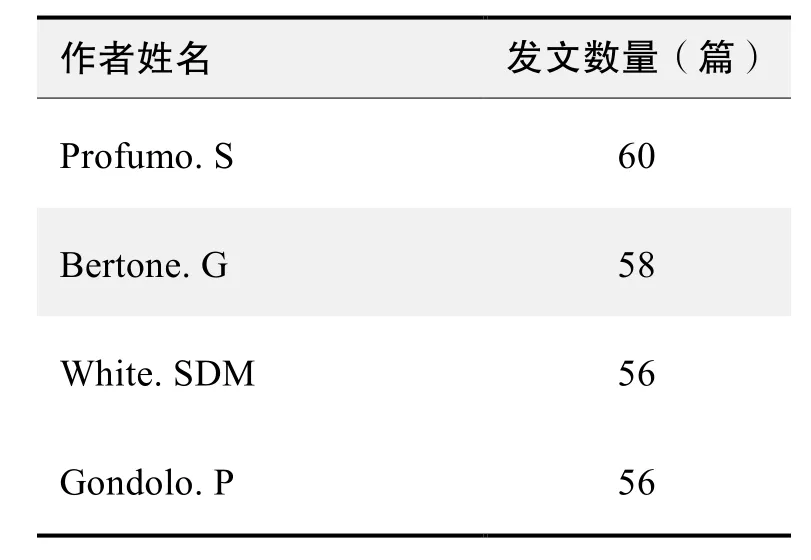
作者发文数量排名(WOS)(续表)
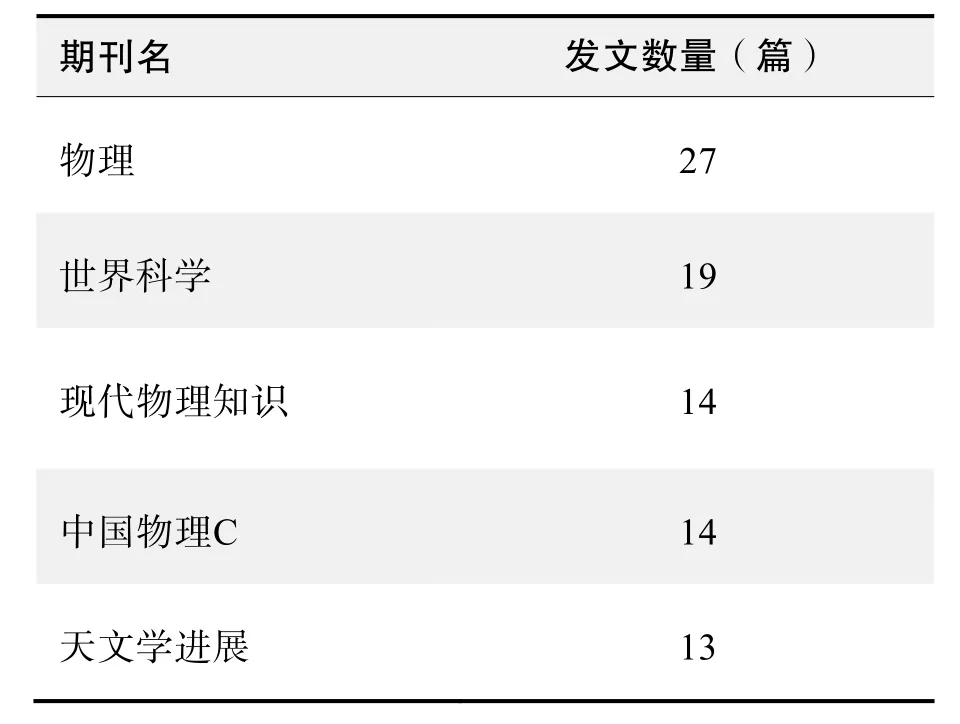
期刊发文数量排名(CNKI)

期刊发文数量排名(WOS)
根据中国知网(CNKI)数据报告,以“暗物质”等为词条可以检索到的高被引论文排行结果如下。
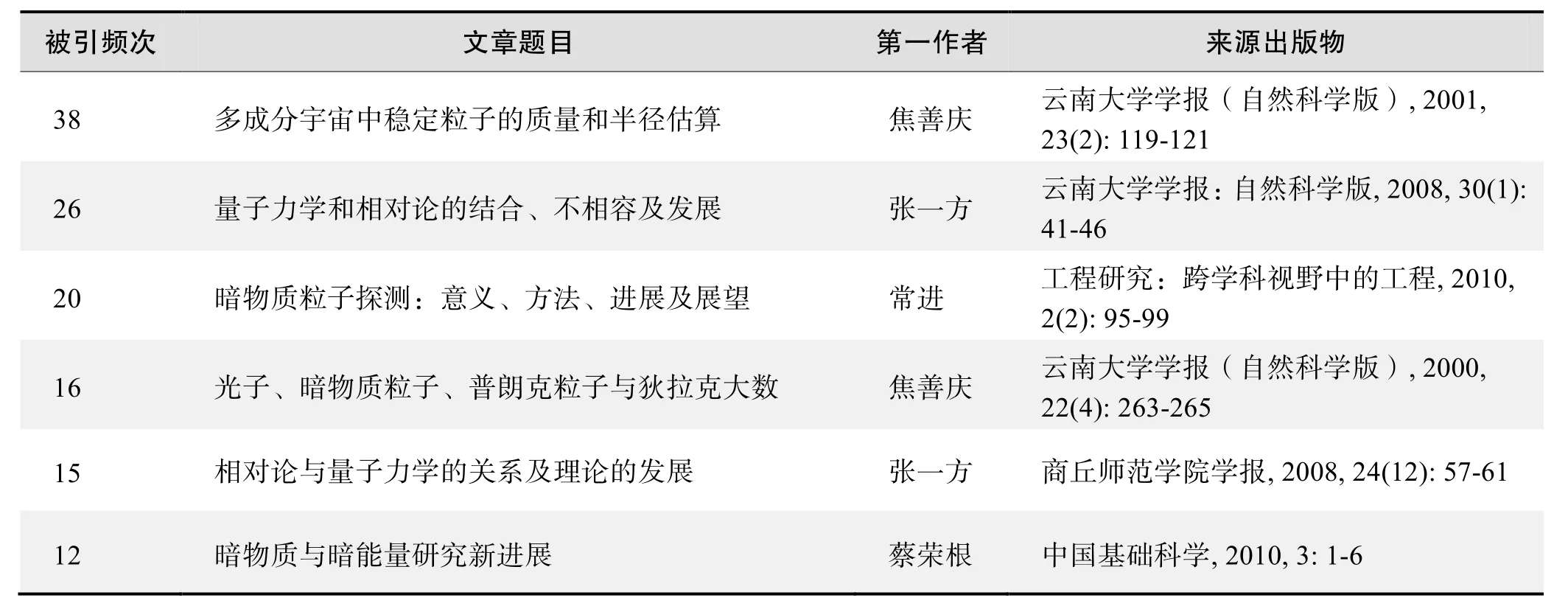
国内数据库高被引论文排行

国内数据库高被引论文排行(续表)
根据Web of Science统计数据,以“暗物质”等为词条可以检索到的高被引论文排行结果如下。

国外数据库高被引论文排行
·经典文献推荐·
基于Web of Science检索结果,利用Histcite软件选取LCS(Local Citation Score,本地引用次数)TOP 50文献作为节点进行分析,得到本领域推荐的经典文献如下。
We consider the possibility that the neutralcurrent neutrino detector recently proposed by Drukier and Stodolsky could be used to detect some possible candidates for the dark matter in galactic halos. This may be feasible if the galactic halos are made of particles with coherent weak interactions and masses 1-106GeV; particles with spindependent interactions of typical weak strength and masses 1-102GeV; or strongly interacting particles of masses 1-1013GeV.
来源出版物:Physical Review D, 1985, 31(12): 3059-3063
The evolution of large-scale structure in a universe dominated by cold dark matter
Davis, M; Efstathiou, G; Frenk, CS; et al.
Abstract:The results of numerical simulations of nonlinear gravitational clustering in universes dominated by weakly interacting, ‘cold’ dark matter are presented. The numerical methods used and the way in which initial conditions were generated are described, and the simulations performed are catalogued. The evolution of the fundamental statistical properties of the models is described and their comparability with observation is discussed. Graphical comparisons of these open models with the observed galaxy distribution in a large redshift survey are made. It is concluded that a model with a cosmological density parameter omega equal to one is quite unacceptable if galaxies trace the mass distribution, and that models with omega of roughly two, while better, still do not provide a fully acceptable match with observation. Finally, a situation in which galaxy formation is suppressed except in sufficiently dense regions is modelled which leads to models which can agree with observation quite well even for omega equal to one.
来源出版物:Astrophysical Journal, 1985, 292: 371-394
Contraction of dark matter galactic halos due to baryonic infall
Blumenthal, GR; Faber, SM; Flores, R; et al.
Abstract:Varied evidence suggests that galaxies consist of roughly 10 percent baryonic matter by mass and that baryons sink dissipatively by about a factor of 10 in radius during galaxy formation. It is shown that such infall strongly perturbs the underlying dark matter distribution, pulling it inward and creating cores that are considerably smaller and denser than would have evolved without dissipation. Any discontinuity between the baryonic and dark matter mass distributions is smoothed out by the coupled motions of the two components. If dark halos have large core radii in the absence of dissipation, the above infall scenario yields rotation curves that are flat over large distances, in agreement with observations of spiral galaxies. Such large dissipationless cores may plausibly result from large internal kinetic energy in protogalaxies at maximum expansion, perhaps as a result of subclustering, tidal effects, or anisotropic collapse.
来源出版物:The Astrophysical Journal, 1986, 301: 27-34
The formation of dark halos in a universe dominated by cold dark matter
Frenk, CS; White, SDM; Davis, M
Abstract:The formation of galactic halos in a flat universe dominated by cold dark matter is investigated. Halos of galactic scale form in abundance only afterzof about 3. Most present-day halos had at least two progenitors of similar size atznot less than 1. The typical rotation speed of halos at the present day is only about 10 percent of their rms velocity dispersion. Dark halos are generically triaxial with, perhaps, a slight preference for near-prolate configurations. It is concluded that, if it is correct, the standard idea that galaxies form by condensation of gas with dark halos may actually require a high-density universe in order to be compatible with observation.
来源出版物:Astrophysical Journal, 1988, 327: 507-525
Dark matter substructure within galactic halos
Moore, B; Ghigna, S; Governato, F; et al.
Abstract:We use numerical simulations to examine the substructure within galactic and cluster mass halos that form within a hierarchical universe. Clusters are easily reproduced with a steep mass spectrum of thousands of substructure clumps that closely matches the observations. However, the survival of dark matter substructure also occurs on galactic scales, leading to the remarkable result that galaxy halos appear as scaled versions of galaxy clusters. The model predicts that the virialized extent of the Milky Way’s halo should contain about 500 satellites with circular velocities larger than the Draco and Ursa Minor systems, i.e., bound masses greater than or similar to 108M☉and tidally limited sizes greater than or similar to 1 kpc. The substructure clumps are on orbits that take a large fraction of them through the stellar disk, leading to significant resonant and impulsive heating. Their abundance and singular density profiles have important implications for the existence of old thin disks, cold stellar streams, gravitational lensing, and indirect/direct detection experiments.
cosmology : observations; cosmology : theory; dark matter; galaxies : clusters : general; galaxies : formation
来源出版物:Astrophysical Journal, 1999, 524(1): L19-L22
典
文章题目第一作者来源出版物1 Detectability of certain dark-matter candidates Goodman, MW Physical Review D, 1985, 31(12): 3059-3063 2 The evolution of large-scale structure in a Davis, M Astrophysical Journal, 1985, 292: 371-394 universe dominated by cold dark matter 3 Contraction of dark matter galactic halos due to Blumenthal, GR The Astrophysical Journal, 1986, 301: 27-34 baryonic infall 4 The formation of dark halos in a universe Frenk, CS Astrophysical Journal, 1988, 327: 507-525 dominated by cold dark matter 5 Dark matter substructure within galactic halos Moore, B Astrophysical Journal, 1999, 524(1): L19-L22
Detectability of certain dark-matter candidates
Goodman, MW; Witten, E

